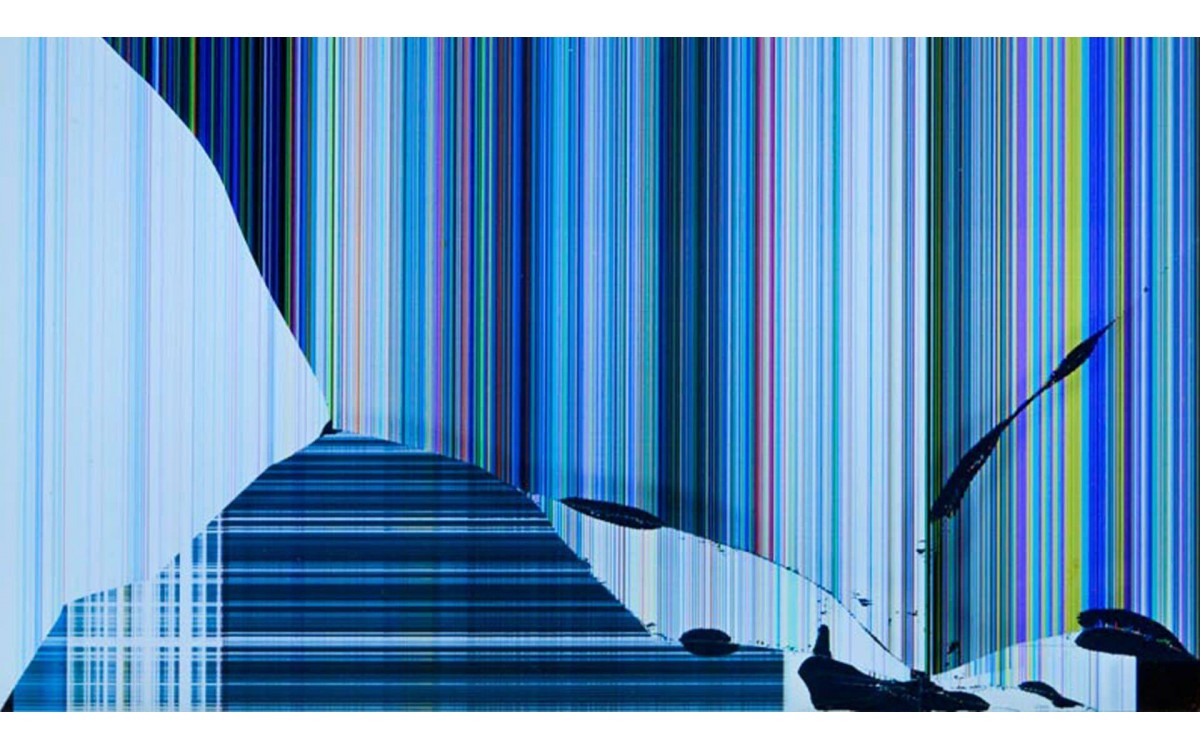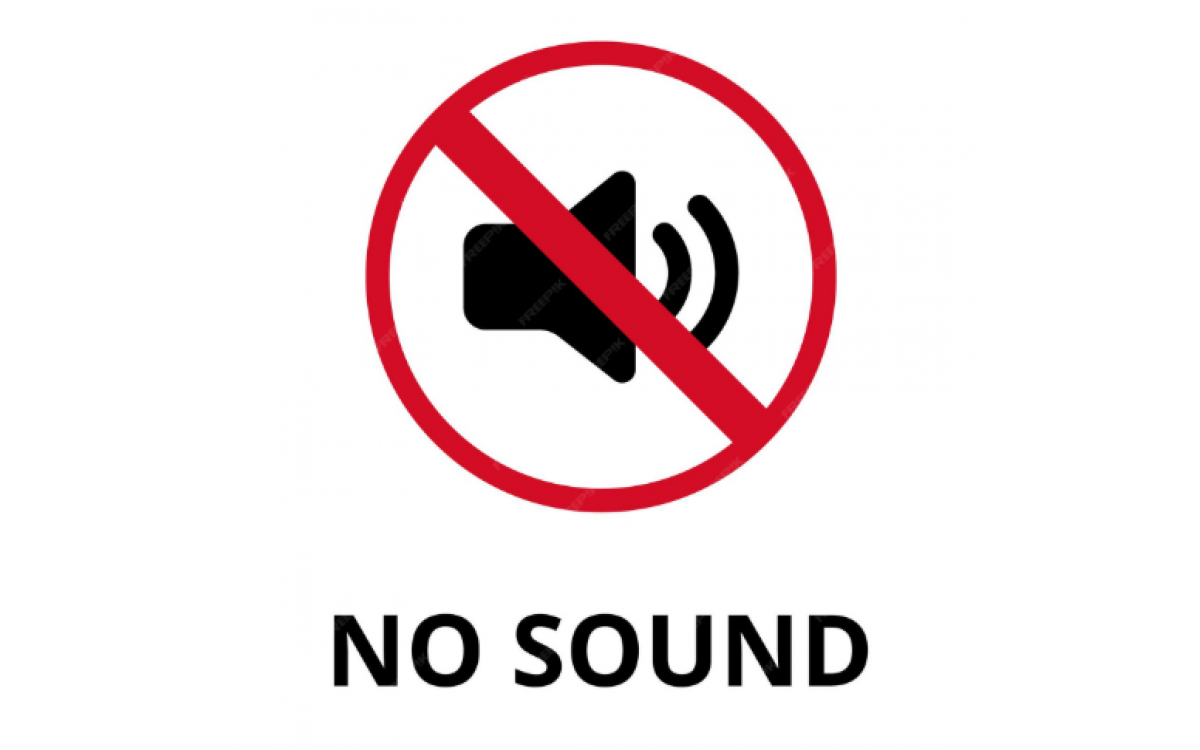Common Display Problems
- Screen Flickering or Blackouts
Aging monitors or loose cable connections can cause intermittent flickering, forcing staff to reboot systems mid-service.
- Resolution Mismatches
Prescription software like Toniq or LOTS may not render properly on newer widescreen displays, leading to misaligned fields or unreadable text.
- Touchscreen Malfunctions
POS terminals with unresponsive touchscreens slow down transactions and frustrate both staff and customers.
- Glare and Poor Visibility
Bright pharmacy lighting or sunlight from street-facing windows can make screens hard to read, especially for older staff.
- Software Scaling Issues
Windows updates sometimes reset display scaling, causing fonts and buttons to shrink—making critical information difficult to access.
Tips to avoid Display Issues:
Establish a proactive hardware lifecycle for monitors.
Monitors should be replaced once they reach the end of their warranty period—typically around three years. This helps prevent unexpected failures, flickering, dimming, or color distortion that can compromise user experience and productivity. By aligning replacements with warranty expiration, you also reduce the risk of downtime and avoid the hassle of troubleshooting aging hardware.



